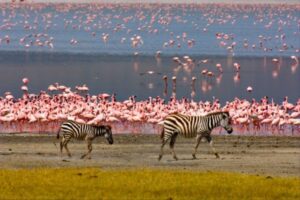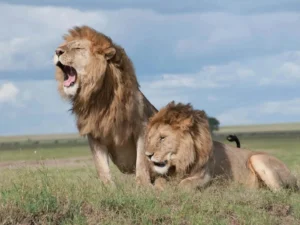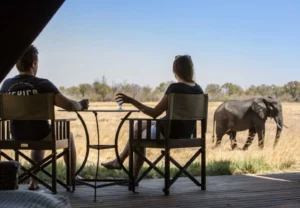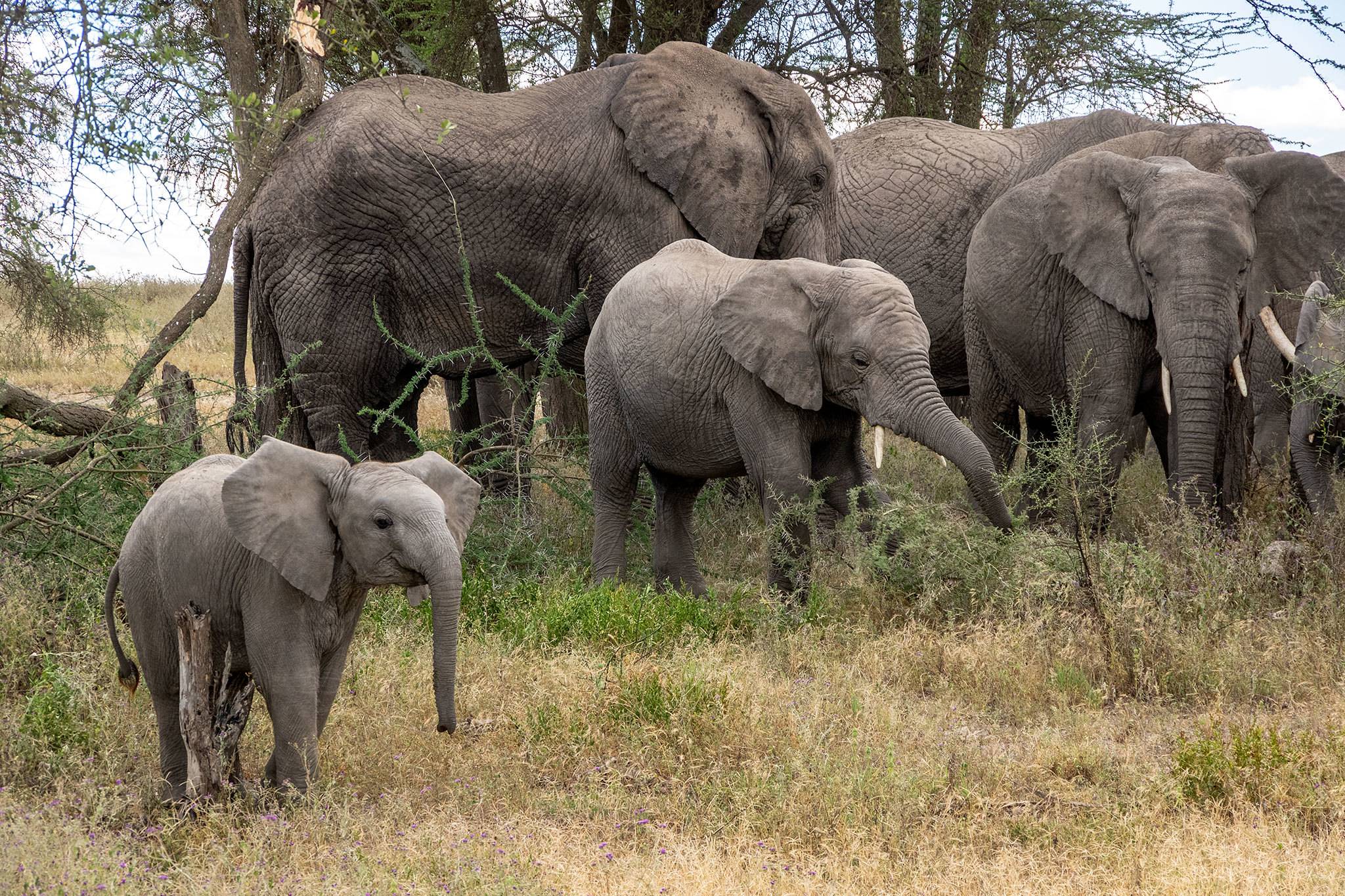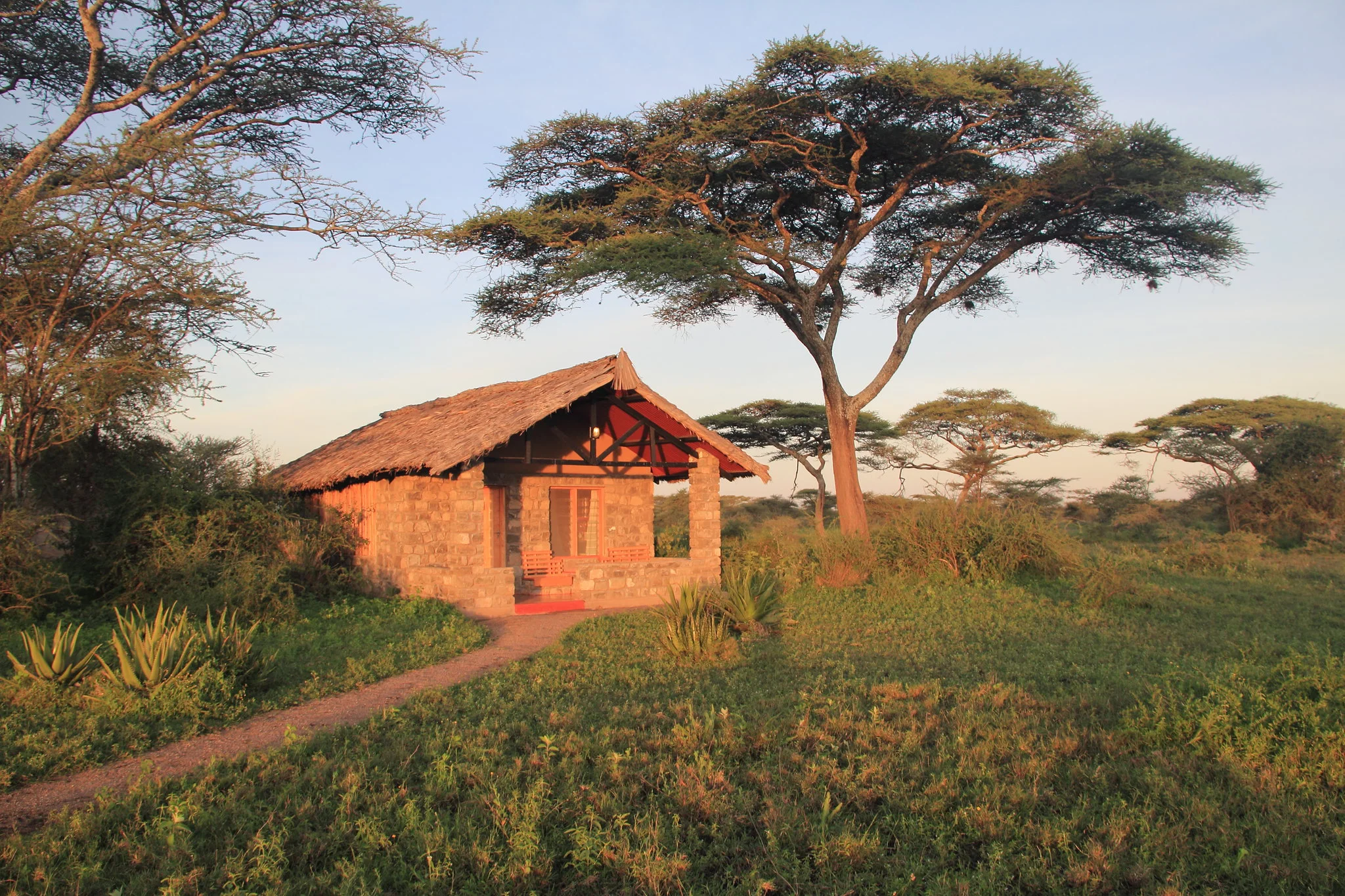Top 10 Must-Experience Safari Tours for 2024
I. Introduction to Tanzanian Safaris
A. Overview of Tanzania’s Wildlife and Natural Beauty
Tanzania is a land of breathtaking landscapes and incredible wildlife. From the vast plains of the Serengeti to the lush forests of the Ngorongoro Crater, the country boasts unique ecosystems that are home to an astonishing variety of species. The Great Migration, where millions of wildebeest and zebras traverse the plains in search of greener pastures, is a natural spectacle that draws visitors from around the globe. Beyond its wildlife, Tanzania is rich in cultural heritage, with diverse communities that add depth to the safari experience.
B. Importance of Selecting the Right Safari Tour
Choosing the right safari tour is crucial for a fulfilling experience. With various types of safaris available—ranging from budget-friendly group tours to luxurious private experiences—it’s essential to tailor your adventure to your preferences. Additionally, considering sustainability and ethical tourism practices can enhance your journey, ensuring that your visit supports local communities and wildlife conservation efforts.
C. Upcoming Trends in Safari Tourism for 2024
As we look ahead to 2024, several trends are shaping the safari landscape. There is an increased focus on eco-tourism, with more travelers seeking sustainable options that minimize their environmental impact. Technological advancements are also enhancing safari experiences, from mobile apps that help identify wildlife to virtual reality previews of tours. Furthermore, local communities are playing a more significant role in tourism, offering authentic experiences that benefit both visitors and residents.
II. The Serengeti National Park Safaris
A. Overview of the Serengeti Ecosystem
The Serengeti is one of the most iconic wildlife destinations in the world. It is home to the Big Five—lions, elephants, buffalo, leopards, and rhinoceroses—as well as countless other species. Seasonal highlights, such as the calving season in February and the Great Migration from June to October, offer unique opportunities for wildlife viewing. The landscape varies from grassy plains to riverine forests, providing diverse habitats for its inhabitants.
B. Recommended Tour Options
– Budget-Friendly Group Safaris: Ideal for travelers looking to experience the Serengeti without breaking the bank. These tours often include shared accommodations and group game drives.
– Luxury Private Safaris: For those seeking a more personalized experience, luxury safaris offer exclusive access to private camps and tailored itineraries.
– Adventure-Focused Camping Safaris: Experience the thrill of sleeping under the stars in the heart of the Serengeti, with guided game drives and campfire dinners.
C. Tips for Maximizing Your Experience
– Best Time to Visit for Wildlife Viewing: The dry season from June to October is ideal for spotting wildlife, as animals gather around water sources.
– What to Pack for a Serengeti Safari: Bring lightweight, breathable clothing, a good pair of binoculars, and a camera with a zoom lens to capture the action.
– Essential Safety Guidelines: Always follow your guide’s instructions, stay in the vehicle during game drives, and be aware of your surroundings.
III. Ngorongoro Crater Tours
A. Introduction to the Ngorongoro Conservation Area
The Ngorongoro Crater is a UNESCO World Heritage Site known for its geological significance and stunning landscapes. This volcanic caldera is home to a rich wildlife habitat, including a high density of predators and herbivores. The Maasai people, who have lived in harmony with the land for centuries, add a cultural dimension to the area.
B. Tour Options and Features
– Day Trips from Arusha: Convenient for those short on time, these tours offer a glimpse into the crater’s wildlife and scenery.
– Guided Walking Safaris: Explore the area on foot with knowledgeable guides who can share insights about the ecosystem.
– Family-Friendly Safari Experiences: Many tour operators offer tailored experiences for families, ensuring that both kids and adults have a memorable time.
C. Activities Beyond Game Drives
– Cultural Visits to Maasai Villages: Engage with the Maasai community to learn about their traditions and way of life.
– Crater Rim Walks and Hiking: Enjoy breathtaking views and the chance to spot wildlife from the crater’s edge.
– Photography Opportunities: The diverse landscapes and vibrant wildlife make for stunning photographs, so don’t forget your camera.
IV. Tarangire National Park Adventures
A. Overview of Tarangire’s Unique Features
Tarangire National Park is known for its iconic baobab trees and diverse habitats, making it a hidden gem in Tanzania. The park is famous for its seasonal elephant migration, where large herds gather around the Tarangire River during the dry season. Birdwatchers will also delight in the rich avian life, including rare species.
B. Safari Options Available
– Self-Drive vs. Guided Safari Tours: Self-drive safaris offer flexibility, while guided tours provide expert knowledge and insights.
– Night Safaris: An Unforgettable Experience: Experience the park after dark, where you can spot nocturnal wildlife and enjoy a different perspective of the ecosystem.
– Combination Tours with Other Parks: Many travelers opt for multi-park tours that include Tarangire, allowing for a diverse safari experience.
C. Wildlife Spotting Techniques
– Understanding Animal Behavior: Learning about animal habits can enhance your chances of spotting them in the wild.
– Best Places for Viewing Wildlife: Focus on water sources during the dry season, as animals congregate around these vital resources.
– Use of Technology in Wildlife Observation: Apps and devices can help identify species and track movements, enriching your safari experience.
V. Lake Manyara National Park Experiences
A. Features of Lake Manyara
Lake Manyara National Park is renowned for its diverse fauna and flora, including the famous tree-climbing lions. The park offers scenic views of the Rift Valley and is home to a variety of ecosystems, from wetlands to woodlands. Walking trails and eco-friendly campsites provide unique ways to explore the area.
B. Types of Safaris to Consider
– Guided Nature Walks and Bird Watching Tours: Discover the park’s rich biodiversity on foot, with expert guides leading the way.
– Kayaking Safaris on Lake Manyara: Experience the park from a different angle by paddling on the lake, where you can spot hippos and various bird species.
– Customized Photo Safaris: Tailor your safari to focus on photography, with guides who know the best spots for capturing stunning images.
C. Insider Tips for Visitors
– Optimal Times for Bird Watching: Early mornings and late afternoons are the best times to see a variety of bird species.
– Seasonal Wildlife Movement: Understanding the seasonal patterns of wildlife can enhance your viewing opportunities.
– Local Guidelines for Eco-Conscious Behavior: Respect the environment by following park rules and minimizing your impact on the ecosystem.
VI. Ruaha National Park Journeys
A. Exploring the Vastness of Ruaha
Ruaha National Park is one of Tanzania’s largest and least visited parks, offering a sense of adventure and discovery. Its geological features and biodiversity make it a unique destination, with lesser-known wildlife species that are not found in other parks. The park’s remoteness adds to its charm, providing an authentic safari experience.
B. Safari Highlights and Options
– Exclusive and Intimate Safari Experiences: Enjoy a more personal safari with fewer crowds, allowing for a deeper connection with nature.
– Traditional Safari Camps with Local Guides: Stay in rustic camps that offer a genuine safari experience, with knowledgeable guides who share their insights.
– Immersive Walking Safaris: Explore the park on foot, gaining a new perspective on the landscape and its inhabitants.
C. Conservation Efforts in Ruaha
– Community Involvement in Wildlife Protection: Local communities play a vital role in conservation efforts, and many initiatives focus on sustainable practices.
– Challenges and Opportunities in Conservation: While Ruaha faces challenges such as poaching and habitat loss, there are also opportunities for growth and improvement in conservation strategies.
– How Tourists Can Contribute: By choosing responsible tour operators and supporting local initiatives, tourists can make a positive impact on conservation efforts.
VII. Conclusion
A. Summary of Tanzania’s Safari Offerings
Tanzania offers a diverse range of safari experiences, from the iconic Serengeti to the hidden gems of Ruaha and Tarangire. Each park has its unique charm and wildlife, ensuring every traveler can find an adventure that suits their interests.
B. The Importance of Responsible Tourism
As we embark on our safari journeys, it’s essential to prioritize responsible tourism practices. Supporting local communities and conservation efforts not only enhances our experiences but also helps protect the incredible wildlife and landscapes we come to admire.
C. Looking Ahead to an Exciting 2024 Safari Season
With 2024 just around the corner, now is the perfect time to start planning your Tanzanian safari. Whether you’re a first-time visitor or a seasoned traveler, the magic of Tanzania awaits, promising unforgettable memories and breathtaking encounters with nature.
Tanzania offers some of the most diverse and thrilling safari experiences in Africa, and 2024 is the perfect time to embark on your adventure. Whether you’re tracking the Great Migration in Serengeti, marveling at the Ngorongoro Crater, or relaxing on the beaches of Zanzibar, these Top 10 Must-Experience Tanzania Safari Tours promise to deliver unforgettable memories.
Ready to plan your dream safari? Contact Mujuni African Adventures for personalized safari packages tailored to your interests. Book now and explore the magic of Tanzania in 2024!
VIII. Frequently Asked Questions (FAQs)
A. What is the best time to go on a safari in Tanzania?
The best time for a safari in Tanzania generally falls between June and October, during the dry season when wildlife is more easily spotted.
B. How do I choose the right safari tour for my needs?
Consider your budget, preferred travel style, and specific interests, such as wildlife photography or cultural experiences, to find the right tour.
C. Are safaris in Tanzania safe for travelers?
Yes, safaris in Tanzania are generally safe, especially when traveling with reputable tour operators who prioritize safety and follow local guidelines.
D. What should I pack for a safari trip?
Pack lightweight, breathable clothing, sturdy shoes, a hat, sunscreen, insect repellent, and a good camera to capture your adventures.
E. How do I ensure my safari is eco-friendly and sustainable?
Choose tour operators that prioritize sustainability, support local communities, and follow eco-friendly practices to minimize your impact on the environment.

